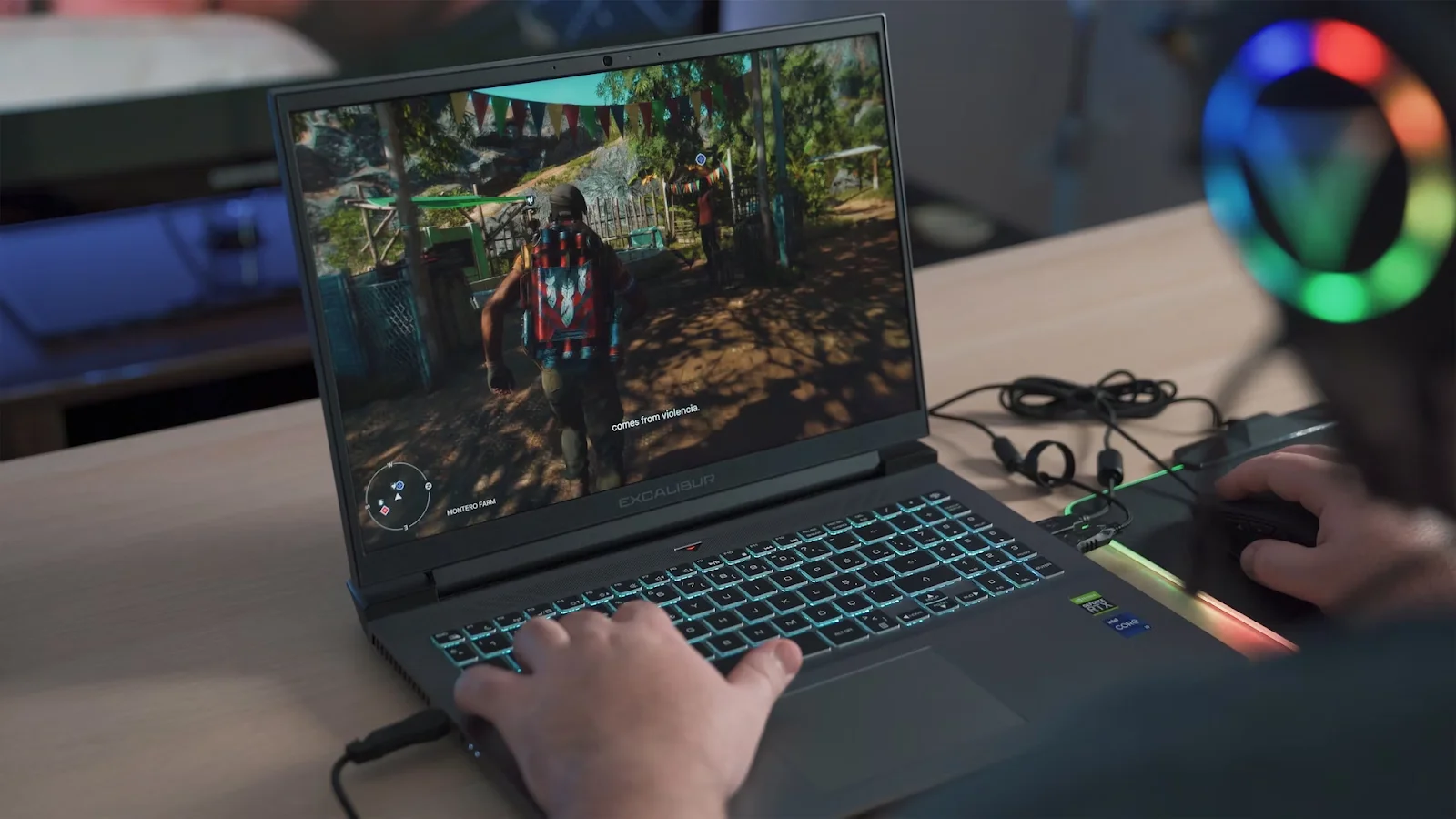Online gaming has evolved from pixelated screens to immersive digital landscapes, captivating players around the world. What drives this transformation? Technology. Every aspect of modern gaming, from the graphics to the matchmaking, is powered by advanced systems designed to enhance user experience. Let’s dive into how technology elevates online gaming, keeping players engaged and coming back for more.
Advanced Graphics and Real-Time Rendering
One of the most noticeable upgrades in online gaming is the visual experience. Advanced graphic engines, such as Unreal Engine and Unity, allow game developers to create hyper-realistic environments, detailed characters, and smooth animations. These engines use real-time rendering to ensure that games respond to players’ actions instantly, creating a seamless interaction between the user and the virtual world.
With the help of powerful GPUs (graphics processing units), players can enjoy higher frame rates, enhanced textures, and lifelike details. This kind of immersion is crucial for keeping players engaged, especially in competitive and story-driven games.
Region-Specific Game Customization
Games today are not a one-size-fits-all experience. Developers often adapt games based on the region, catering to local tastes, internet speeds, and gaming devices. For instance, in areas like Michigan, where online gaming is booming, developers have tailored experiences to fit the preferences of the local audience.
For example, an MI online casino is designed specifically for Michigan-based users, offering games that not only meet legal standards but also cater to regional tastes. In contrast, players in Nevada might have access to a broader range of casino-style games, reflecting the state’s long-established gaming culture. This regional customization ensures that players receive a more localized and personalized experience, regardless of where they are in the U.S.
Multiplayer Infrastructure and Seamless Connectivity
Behind the scenes, multiplayer games depend on robust server infrastructure. Cloud technology plays a key role in making sure players from different corners of the globe can connect smoothly. Cloud servers reduce latency, enabling gamers to experience real-time interactions without the frustration of delays.
Technologies like 5G further enhance this experience, offering faster connections and lower latency for mobile gamers. This means that whether you’re playing a battle royale game with friends or engaging in an MMORPG, you’ll experience fluid gameplay regardless of location or device.
Artificial Intelligence for Enhanced Gameplay
AI (artificial intelligence) has a growing role in online gaming. Not only does it make non-playable characters (NPCs) smarter and more reactive, but AI also powers matchmaking systems, ensuring players are paired with others of similar skill levels. This improves the competitive balance and fairness of multiplayer games, fostering a more enjoyable and challenging environment.
AI can also predict a player’s preferences, offering customized content or suggesting new games that align with their past experiences. This personalized touch adds to the overall satisfaction, keeping players invested over the long term.
Conclusion
Technology continues to push the boundaries of online gaming, making each session more immersive, responsive, and personalized. From advanced graphics and seamless connectivity to region-based customization and AI-driven enhancements, the user experience is at the heart of these innovations. As technology evolves, so too will the world of online gaming, promising even more captivating experiences for players everywhere.

Stephen Norman is a skilled and accomplished writer known for his versatility across numerous niches. He consistently delivers insightful and engaging content in various fields. Stephen’s extensive experience and profound expertise make him a highly sought-after author in the digital writing sphere.











